Training hub
Discover our online training resources to start building your skills and knowledge in the water sector.
Browse by topic
Jacobs
AI
Surface water hydraulics
Surface water hydrology
Groundwater
Modelling general knowledge
Python
HEC-RAS
MODFLOW
QGIS
TUFLOW
HEC-HMS
R
RORB
Water quality
ARR
Technology & Innovation
Climate Adaptation
Water Policy & Governance
Water Reuse & Recycle
Water Infrastructure
Energy
Mining
Water Markets
One Basin
Water Research
SWAN
Irrigation & Agriculture
Water Planning
Ecosystem & Catchment Management
FLOW-3D
FLIKE
All Training


Froude, Dude!
From first principles to present applications

Urban pipe network modelling
Hydraulic calculations that are important for pipe network modelling

H&H Essentials #3: Flow routing
Develop design hydrographs and calibrate model results to observed flow records.
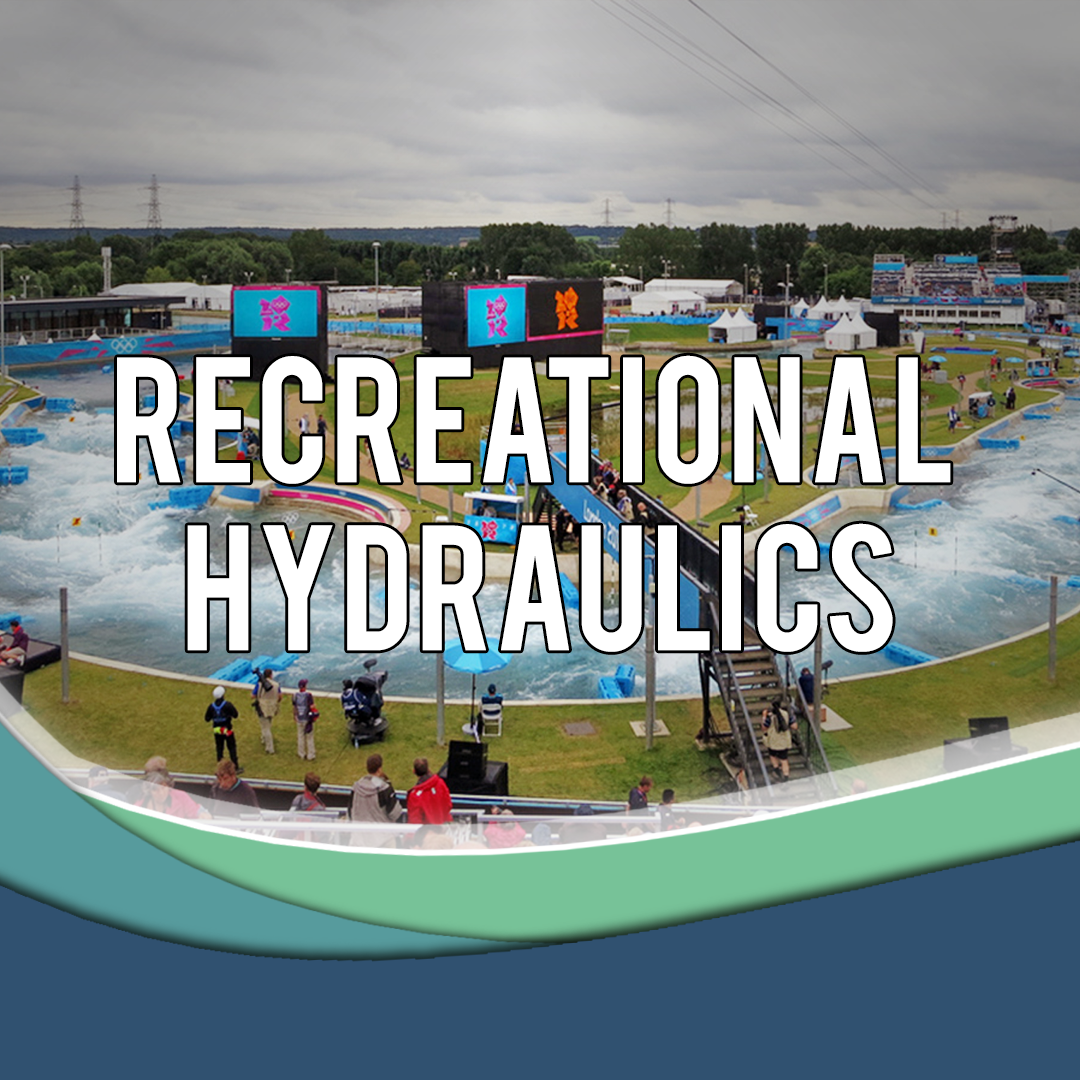
Just for fun: recreational hydraulics
Applying hydraulic concepts to artificial whitewater parks, wave pools, waterslides and more!
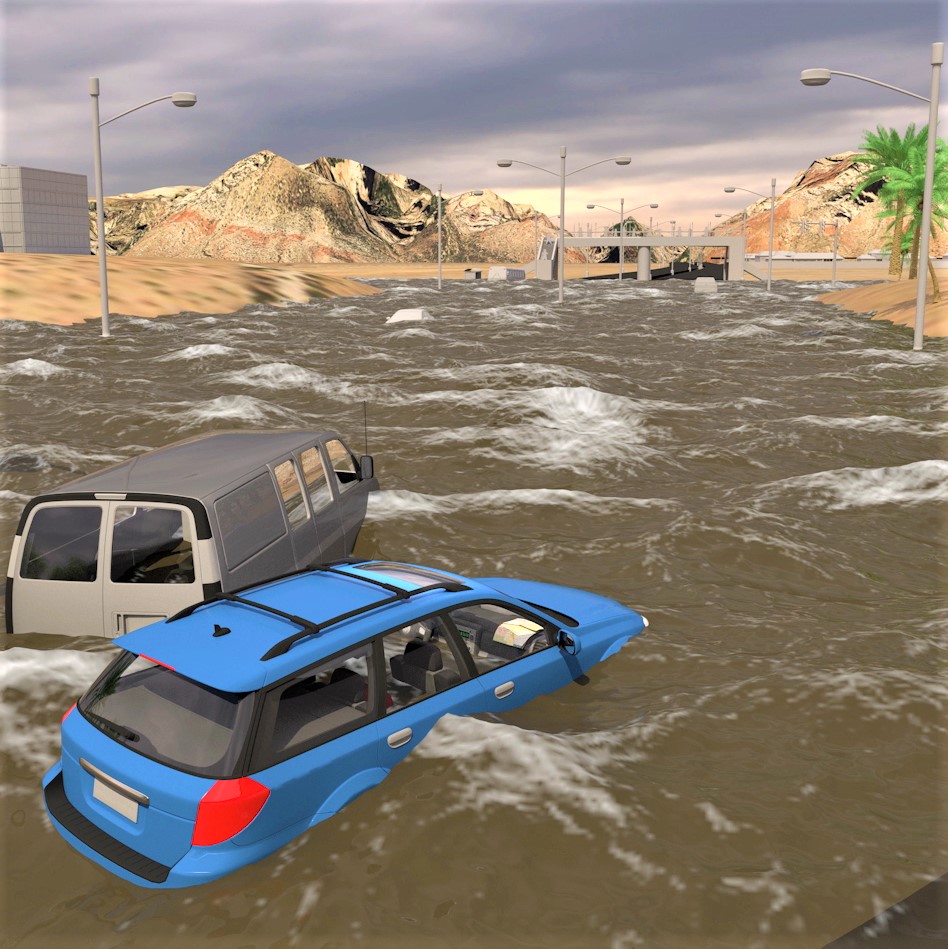
Technological advances in the water sector
How technology is improving our ability to model and map the movement of water.

H&H Essentials #4: Stochastic hydrology
Determine annual exceedance probabilities from historical gauge records
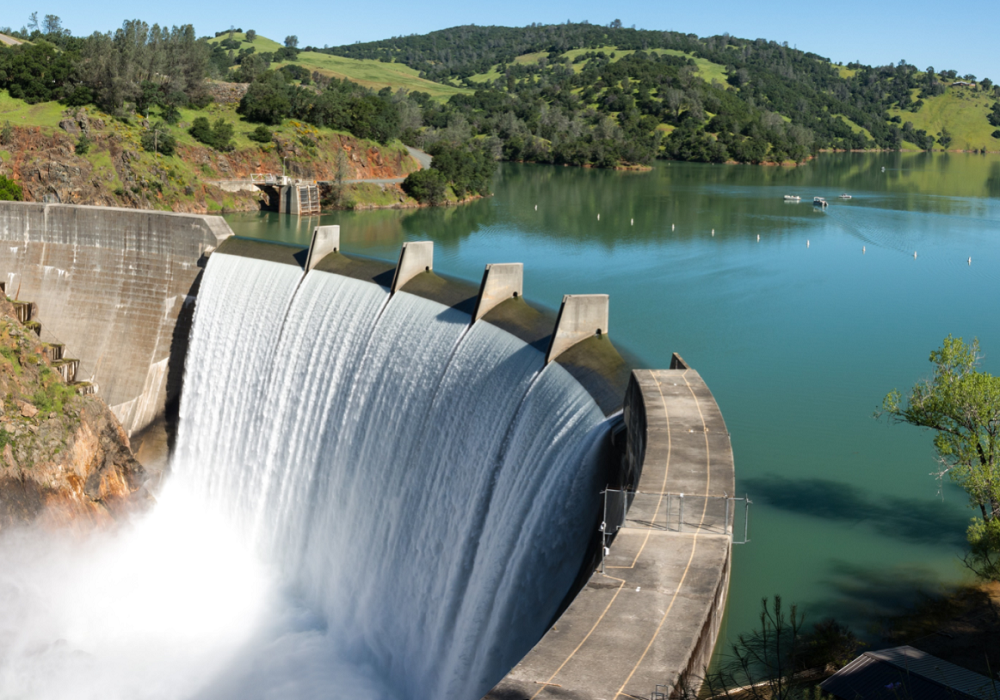
Lake modelling
Learn of the complexities of modelling stationary water
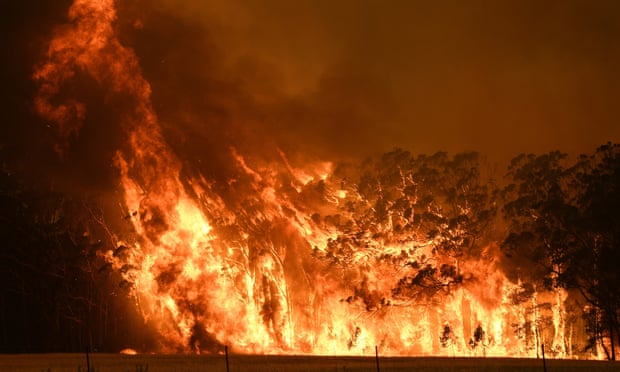
Fired up! Bushfire hydrology
Impacts on catchment hydrology and aquatic fauna

H&H Essentials #5: Hydrostatics and open channel flow
Principles governing fluid pressure and open channel flow

Energy losses at structures
Understanding energy losses associated with the contraction and expansion of water flow
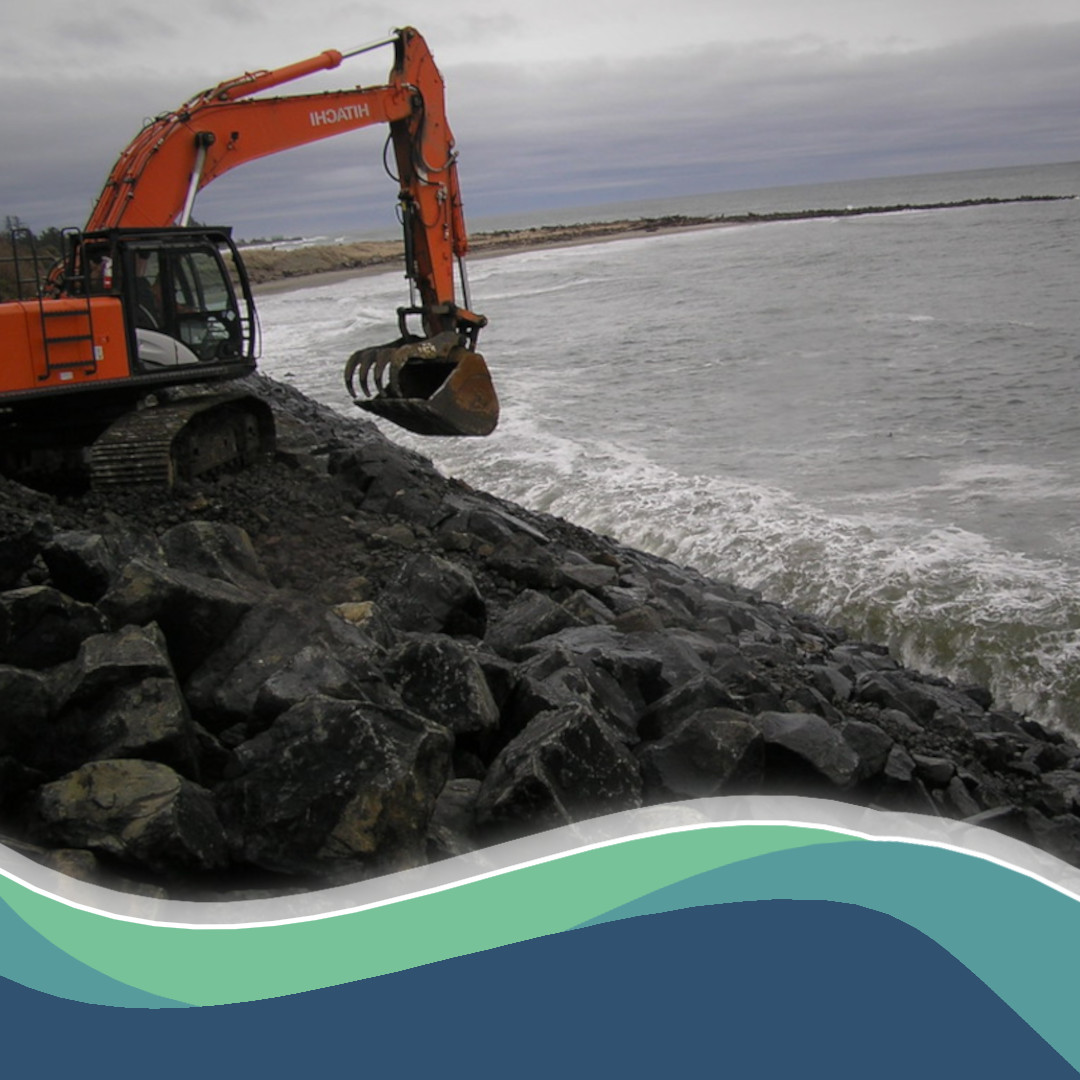
Riprap sizing in HEC-RAS version 6.1
Advancing Australian riprap sizing methods with the Riprap Calculator now available in the latest release of HEC-RAS version 6.1.

H&H Essentials #6: 1D, 2D and 3D flow
Understand key differences in 1D, 2D and 3D flow computations
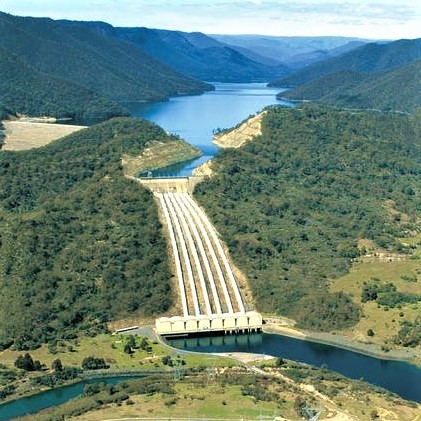
Pumped hydro: The biggest batteries on earth!
The promises and challenges of using pumped-storage hydroelectricity
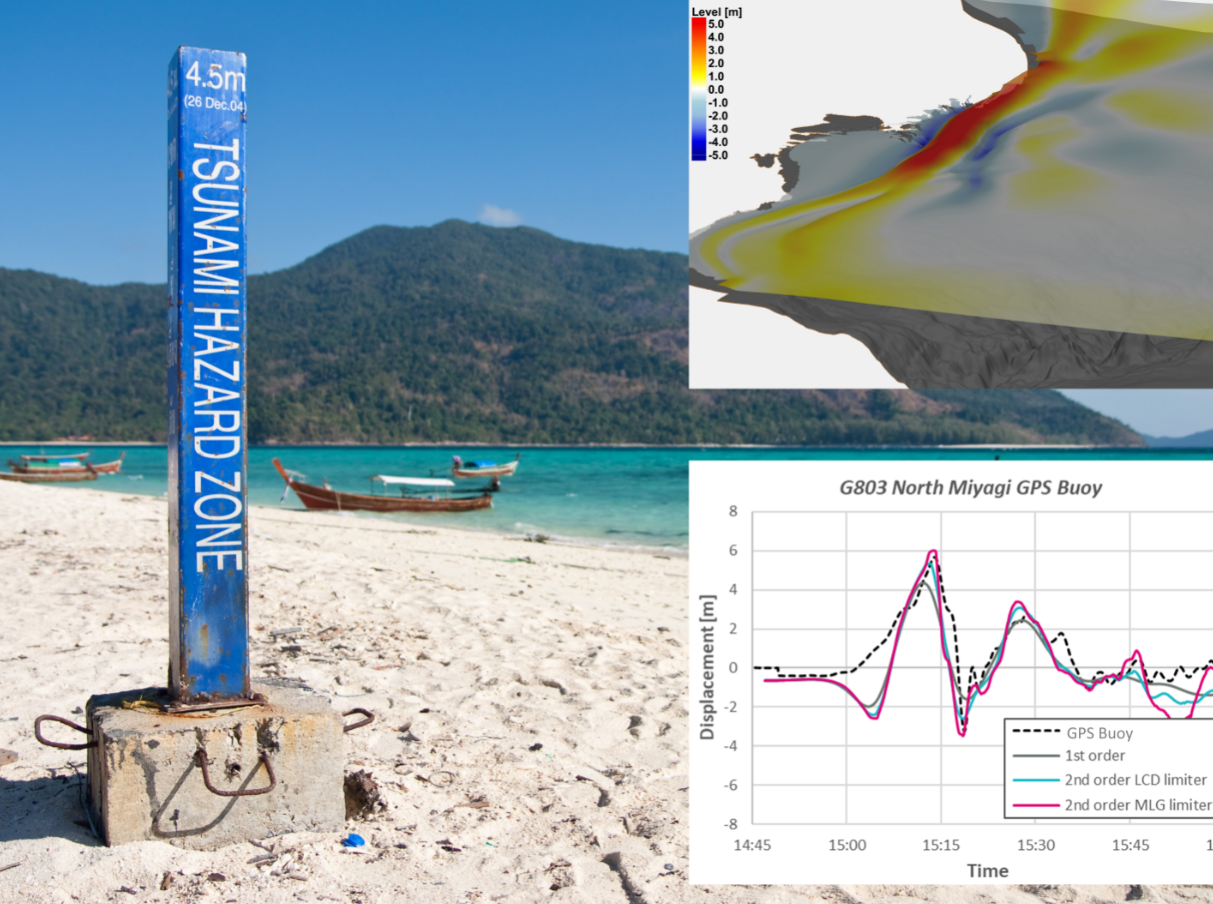
Tsunami and dam failure and non-Newtonian modelling
Learn how to model these high shock situations with confidence.

H&H Essentials #7: Pipe flow and hydraulic structures
Learn hands-on how to compute pipe flow for culverts and storm drain networks.
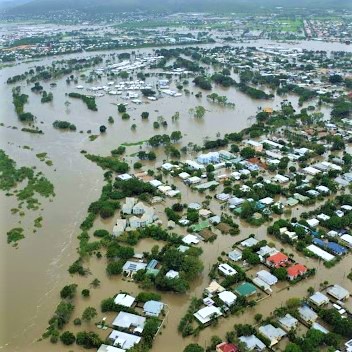
What the PMF?
What is the Probable Maximum Flood (PMF) and should we be designing for it?

Natural dams – inherent risk factors
Exploring the impacts of ice dam and landslide dam failures

H&H Essentials #8: Flood hazard, scour and sedimentation
Apply hydraulic forces to buildings, vehicles, hydraulic structures and channel banks
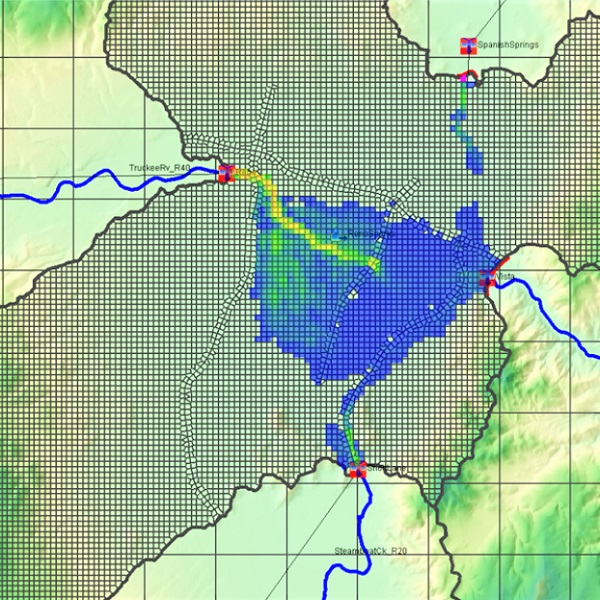
What’s new in HEC-HMS
Advances in rainfall runoff modelling
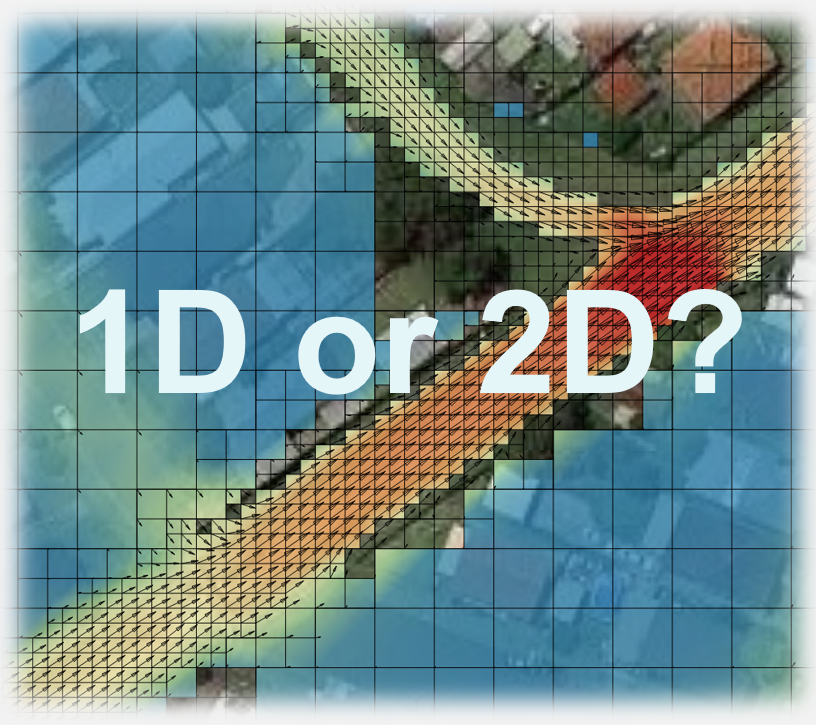
Next generation 2D hydraulic modelling
Is this the end of the 1D open channel modelling?

QGIS essentials for groundwater: mapping and modelling
Compile groundwater data to process and create a groundwater map with QGIS
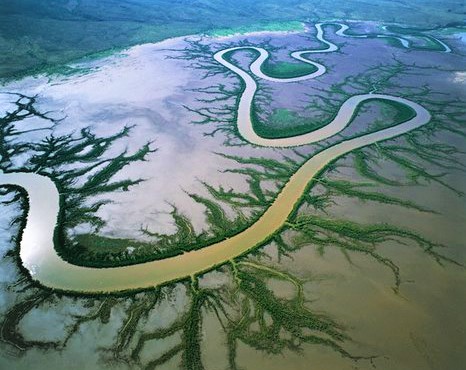
Geomorphology 101
Explore the role of geomorphology in project planning and implementation
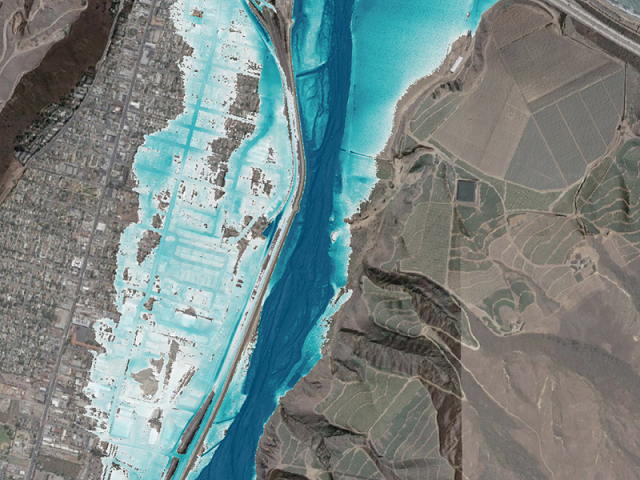
Maximising the Accuracy of Hydraulic Models
What factors to consider where there is no calibration data to validate your hydraulic model

ARR Course #1: Rainfall Design Inputs
Learn to identify inputs, locate them in the Data Hub, and apply them for rainfall design.

Estimating bridge hydraulics and scour
Best practice techniques and engineering practices for estimating bridge hydraulics and scour depths around piers and abutments.
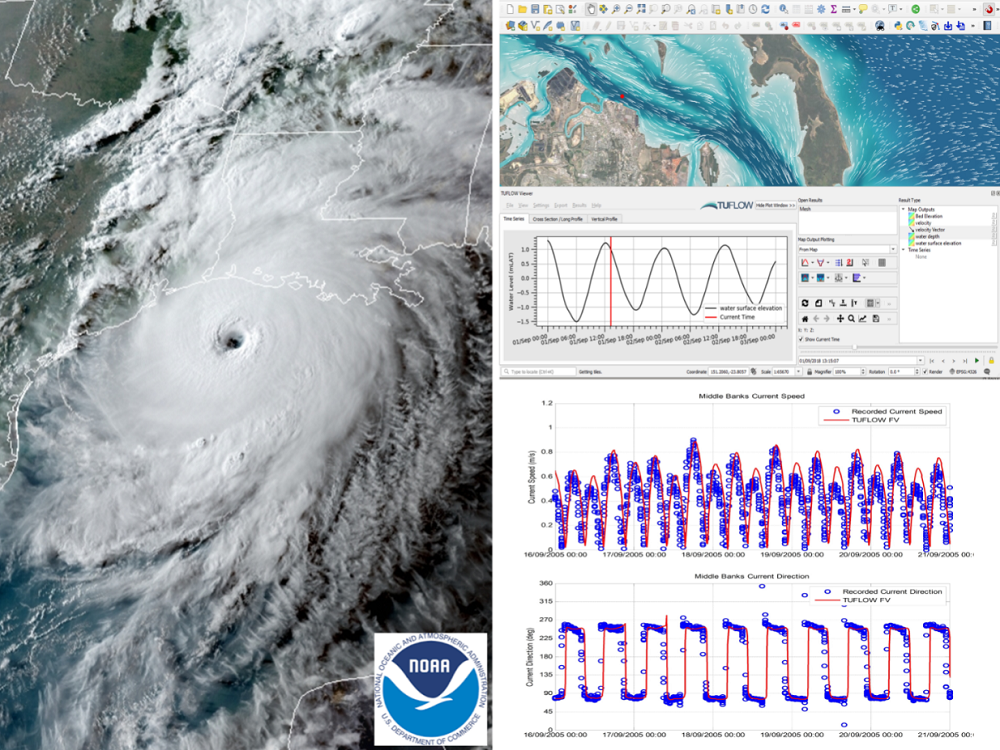
Coastal Modelling 101
Oceans, coasts and estuaries - Taking a salty approach to your next project

ARR Course #2: Flood Frequency Analysis
A how-to-guide on flood frequency analysis.
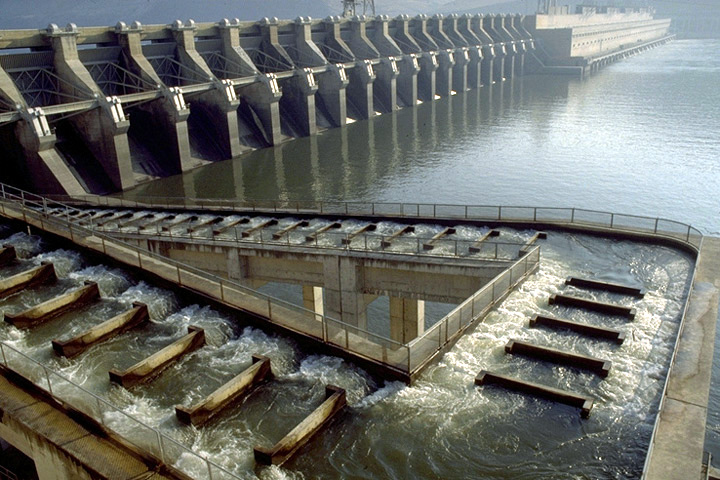
Something’s fishy
Considering fish passage in hydraulic designs

Python applications for Hydrology and Hydrogeology
The open-source programming language Python has become an indispensable tool in science and engineering. What are its benefits for hydro(geo)logists?

ARR Course #3: Hydrologic Modelling Applications
Learn to apply the new ARR to hydrologic modelling for predicting design flood hydrographs.

